Text
0 notes
Text
0 notes
Text
0 notes
Photo
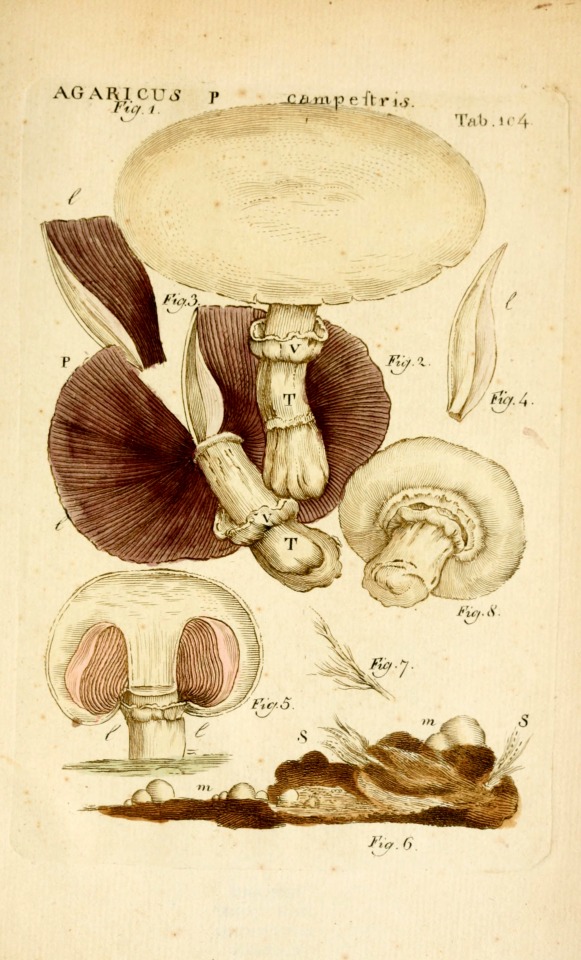
An illustration of a system of sexual Linnaeani,
By Miller, John, 1715-1790 Weiss, Friedrich Wilhelm, 1744-
Publication info London, Varrentrapp and Wenner, 1789.
BHL Collections: New York Botanical Garden
350 notes
·
View notes
Link
1 note
·
View note
Photo

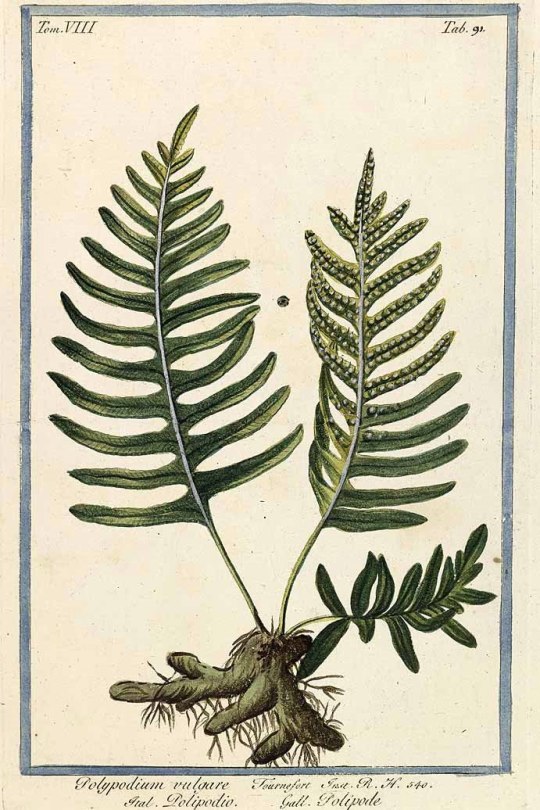


Hortus Romanus juxta Systema Tournefortianum (1783-1816)
Giorgio Bonelli
954 notes
·
View notes
Link
1 note
·
View note
Photo

Internet Archive Book Images
Image from page 17 of “Contributions from the New York Botanical Garden” (1899-)
https://www.flickr.com/photos/internetarchivebookimages
59 notes
·
View notes
Photo
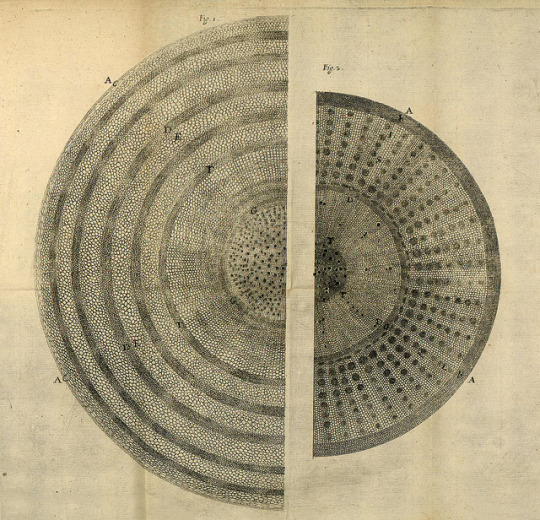

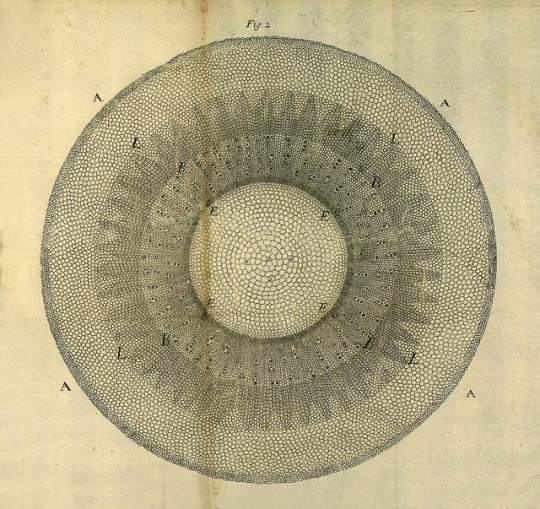
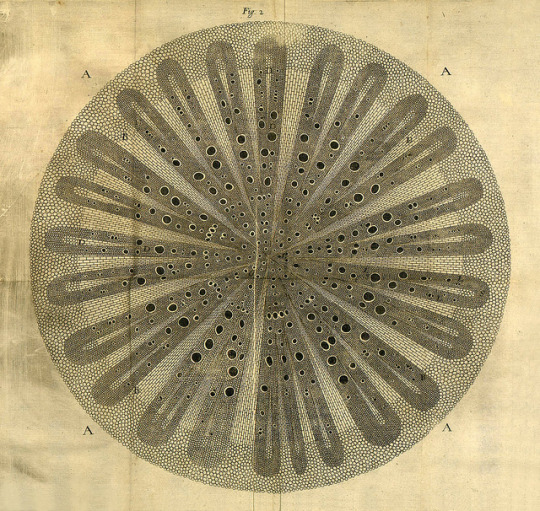
Four Plates from Nehemiah Grew’s book, The Anatomy of Plants, (1680)
In the 82 illustrated plates included in his 1680 book The Anatomy of Plants, the English botanist Nehemiah Grew revealed for the first time the inner structure and function of plants in all their splendorous intricacy.
Grew is remembered for his detailed descriptions of plant anatomy and with him we see the beginning of modern comparative anatomy. He was guided by the idea that there may be similarities of function between animals and plants and this led him to look for equivalent organs in each. He thus believed in the circulation of sap, on analogy with William Harvey’s discovery of the circulation of blood in animals, and he believed in a form of respiration in plants. Although the recognition of plant sexuality was old, Grew is remembered for noting the stamen as the male organ of the plant and pollen as seed. He also noted the prevalence of little bladders, or “cells” as Hooke had coined the term, especially in the parenchyma tissue (a term we have retained from Grew). Many of Grew’s observations were diachronic, putting emphasis on the development of the plant and its structures. The growth of a plant he deemed to be a function of sap circulating through the tissue, carrying and adding material to the plant. His observations on the bud of the flower revealed the complicated folding of the unexpanded leaves, something that had not been previously seen with the naked eye.
65 notes
·
View notes
Link
0 notes
Text
poetic naturalism
1.There are many ways of talking about the world.
2.All good ways of talking must be consistent with one another and with the world.
3.Our purposes in the moment determine the best way of talking.
- “The Big Picture: On the Origins of Life, Meaning, and the Universe Itself” by Sean Carroll
0 notes
Photo
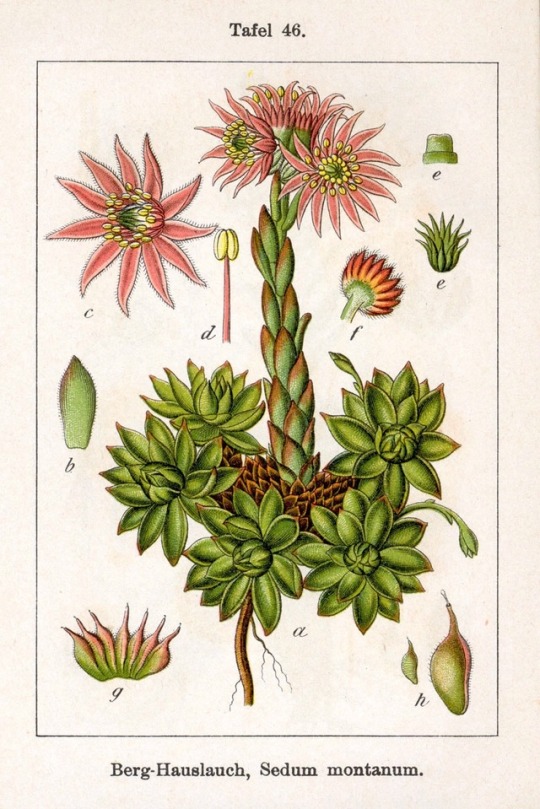
3 notes
·
View notes
Photo

Populus tremuloides, commonly known as Quaking Aspen (or Trembling Aspen, American Aspen, White Poplar, Mountain Aspen etc.), is a deciduous North American tree species endemic to cooler, often mountainous regions.
The thin, flat, flexible petioles on this species make the leaves particularly susceptible to being shaken by even the slightest breeze, hence it’s common name.
The tree can propagate by roots to form large groves. Quiet, breezy days in such groves can sound like a great rain stick sounding in all directions.
321 notes
·
View notes
Photo


Juniper, 1745, Georg Dionysius Ehret. Gouache and graphite on vellum. The J. Paul Getty Museum
1K notes
·
View notes
Text
The Way of Nature
The river and the sea can be kings of a hundred valleys, because they lie below them.
0 notes
Photo
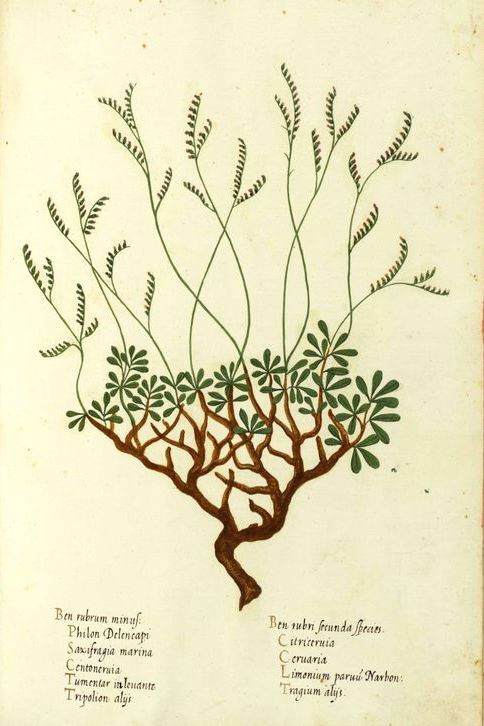
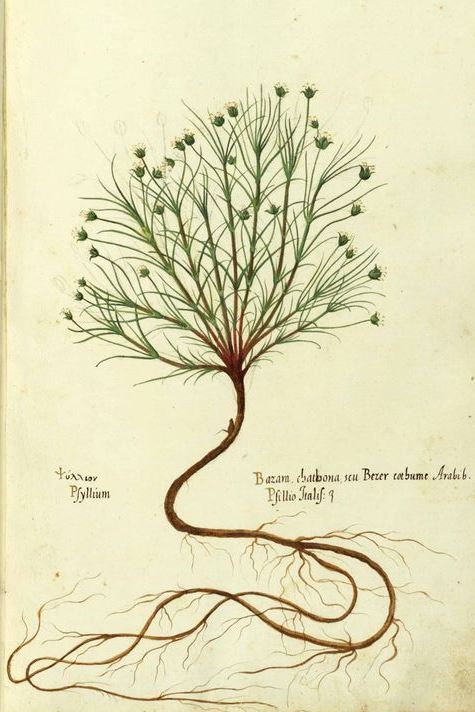
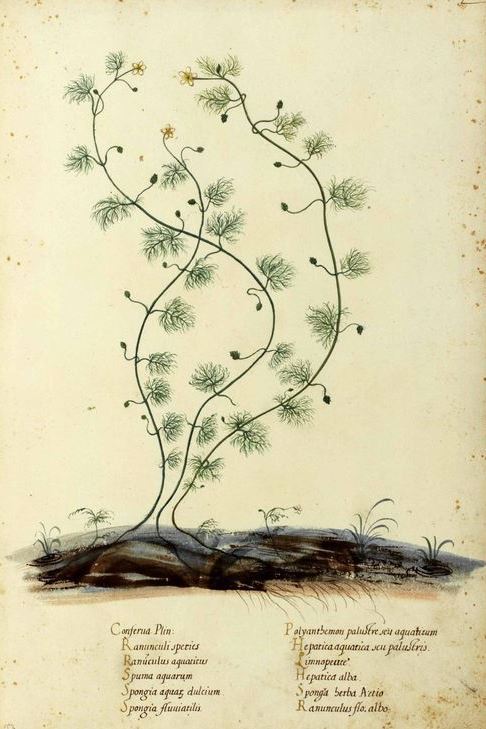
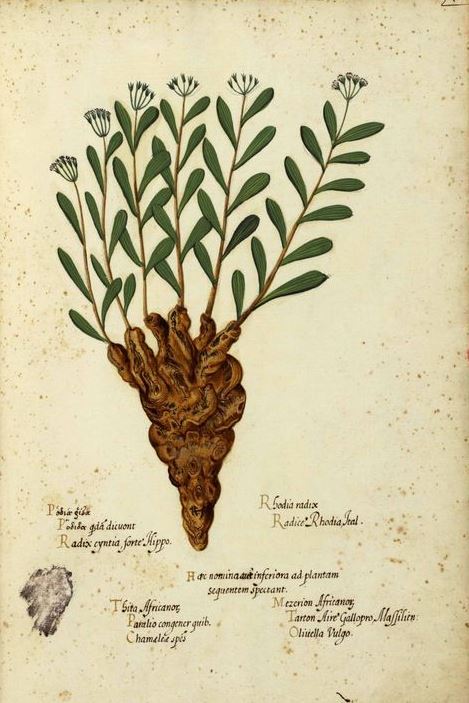
Botanical illustrations by Ulisse Aldrovandi (1522 — 1605)
823 notes
·
View notes